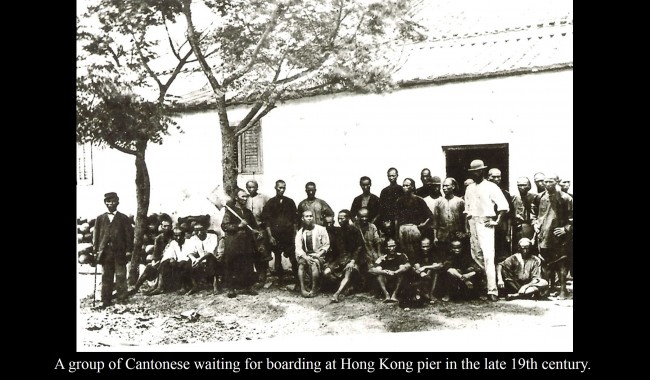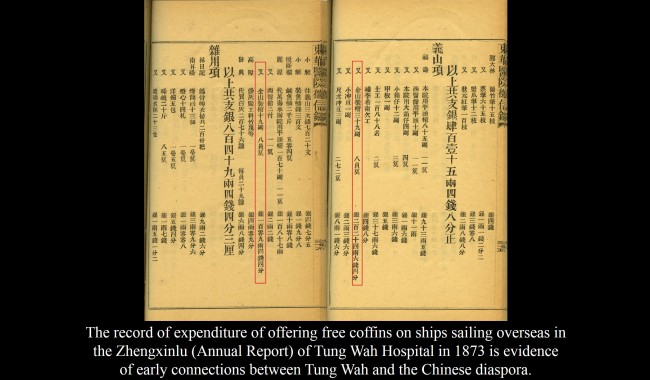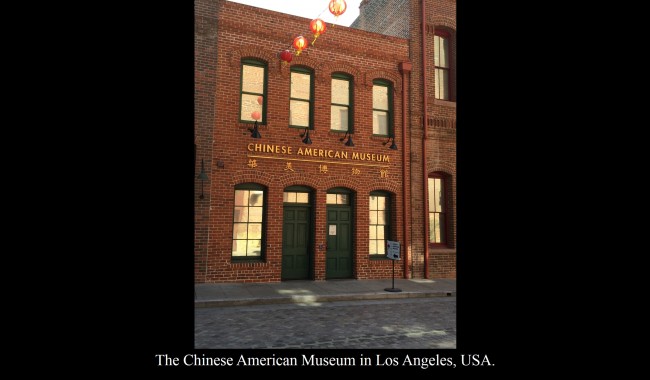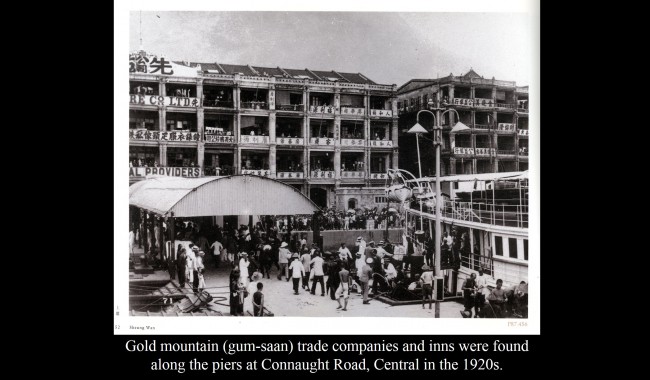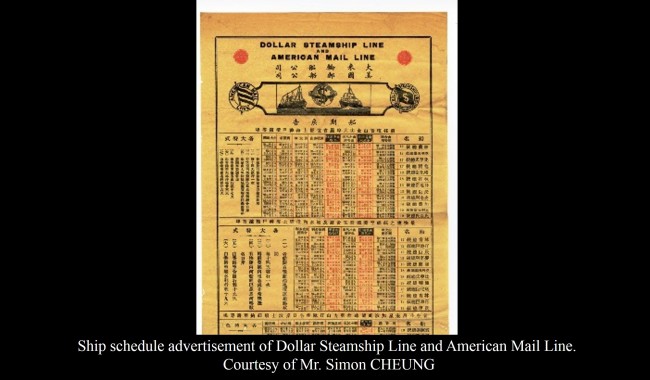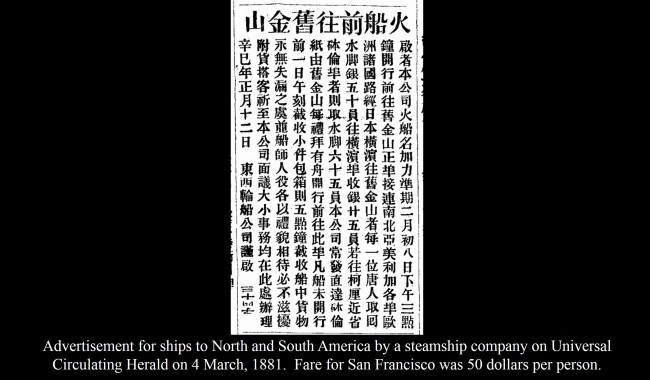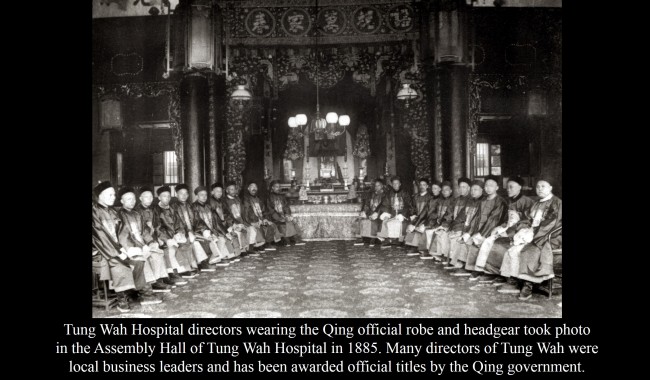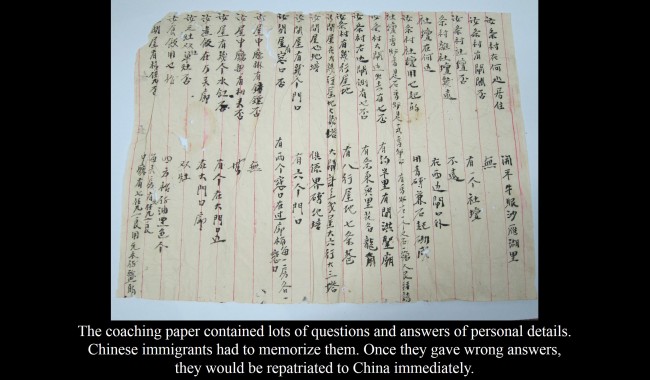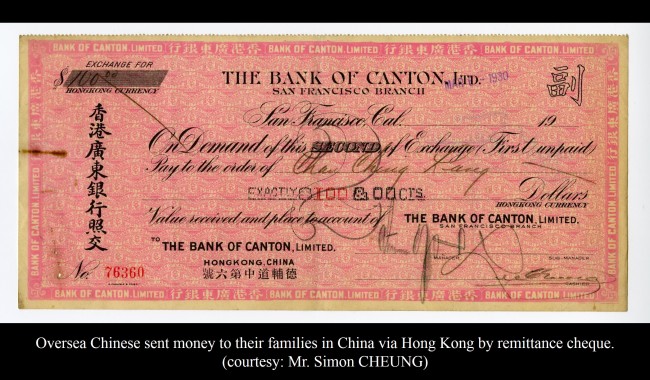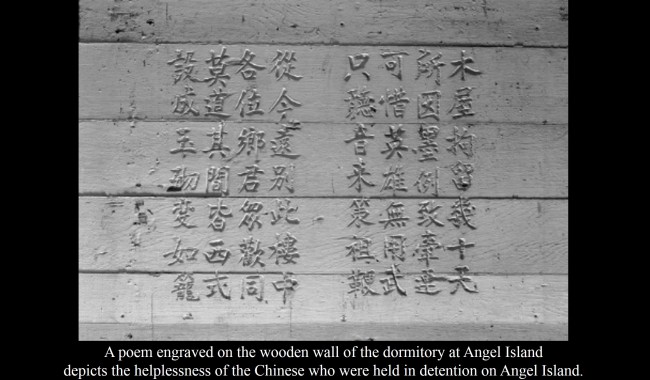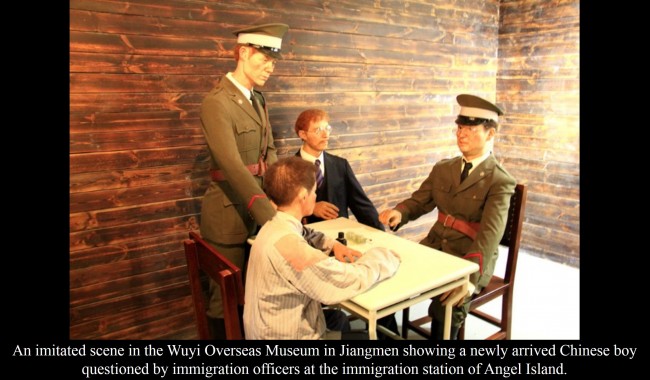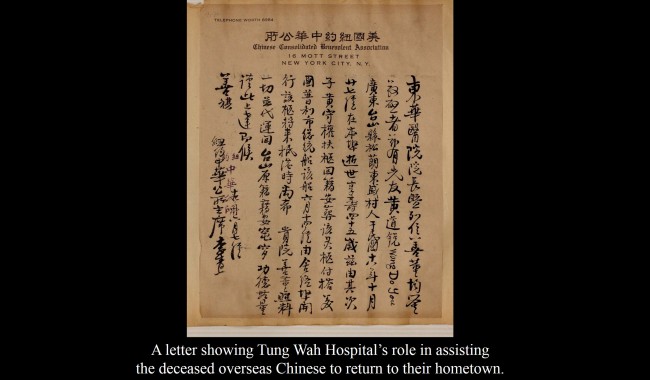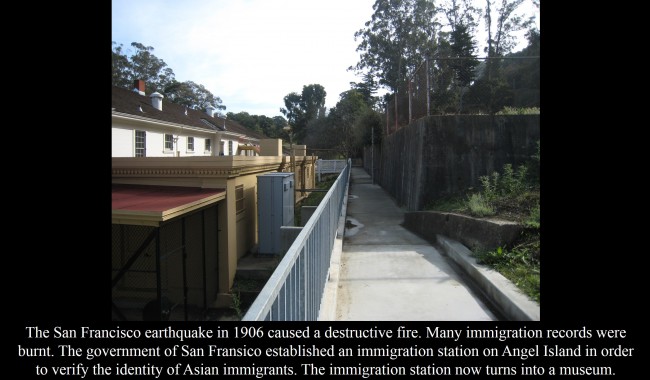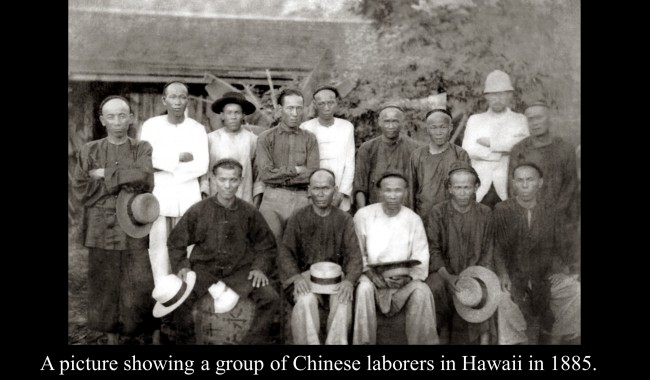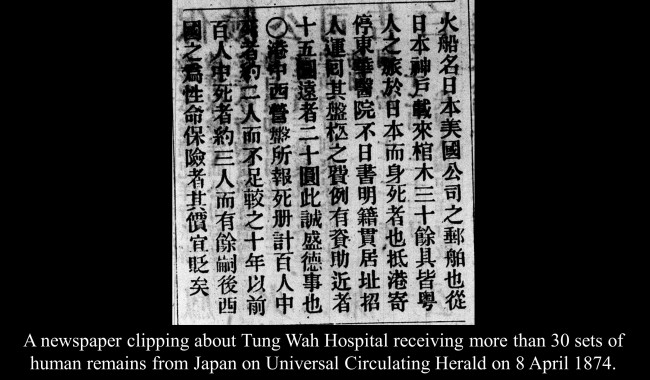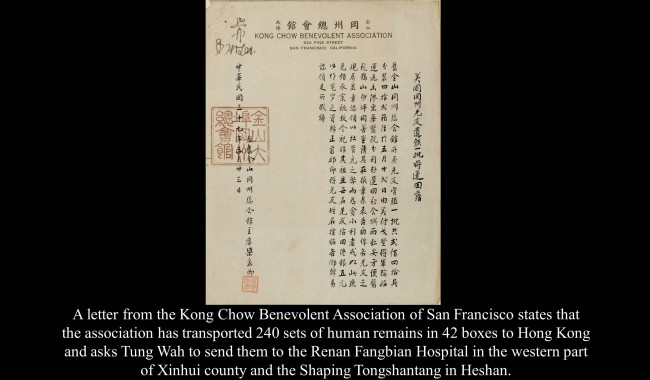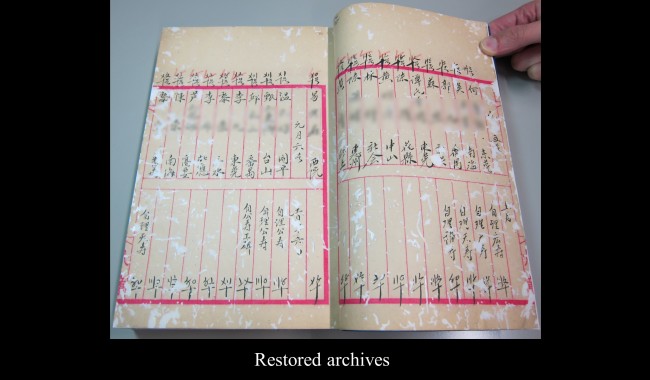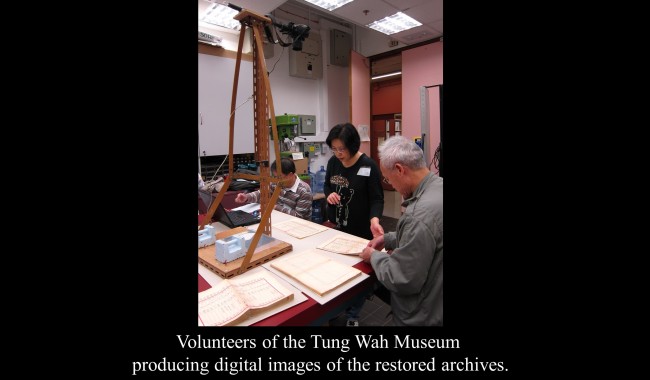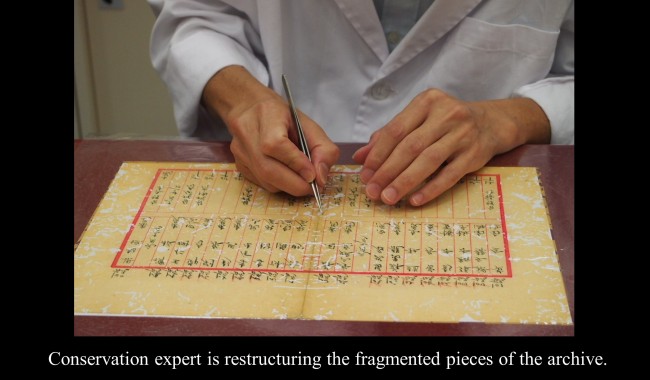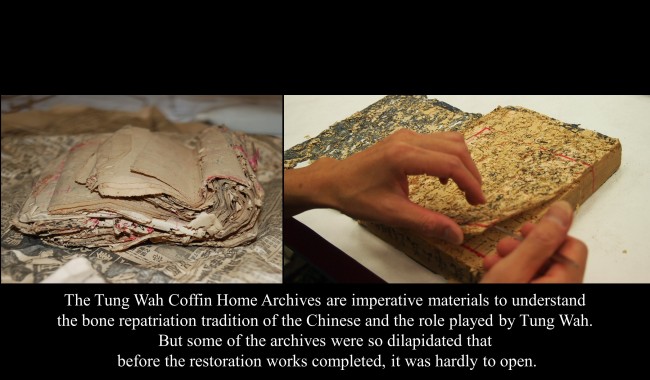Related articles:
- The Chinese Diaspora
- Chinese Leaving Home
- Longing for Home
- Fallen Leaves Returning to the Roots
- Preserve and Share: Tung Wah Museum Archives
“Tales of the Distant Past: The Story of Hong Kong and the Chinese Diaspora (A tribute from Tung Wah Group of Hospitals of Hong Kong)” Overseas Exhibition — The Chinese Diaspora
In the mid-19th century, millions of Chinese in Guangdong migrated to other parts of the world to make a living and California, the United States was among the most popular destinations. Early archives of Tung Wah Museum indicated that there had long been established relationships between Chinese migrants and the Group, which offered a variety of charitable services for Chinese people living abroad since it was established in 1870.
Celebrating its 145th anniversary this year, TWGHs will launch an exhibition in collaboration with the Chinese American Museum in Los Angeles, the United States, to look into the connection between the Group and the Chinese diaspora and promote the philanthropic spirit of TWGHs.
“Tales of the Distant Past: The Story of Hong Kong and the Chinese Diaspora (A tribute from Tung Wah Group of Hospitals of Hong Kong)” Overseas Exhibition — Chinese Leaving Home
Chinese people who went abroad to make a living in the United States since the mid 19th century were mostly unskilled labour, others were better off businessmen. Most of them came from the Guangdong Province of China, particularly from the Siyi region (Xinhui, Taishan, Kaiping and Enping).
Miners from all over the world flocked to California after the discovery of gold in 1848. In 1853, at least 30,000 Chinese departed for San Francisco from Hong Kong and participated in the Gold Rush. Regular ship schedule between the two cities was established to meet the increasing number of Chinese passengers. The prosperous shipping industry facilitated trading business and gave rise to the local merchant elite of the north-south company trade and gold mountain trade, many of them became directors of Tung Wah Hospital.
Chinese workers who left their native land and travelled abroad had to endure long and tough journey. Conditions inside the lowest level of the ship cabin were bad which caused very high death rate on ship. For example, the average mortality rate of Chinese workers on board was 25.2% between 1850 and 1856. On the other hand, those who could make their journey to the destination needed to face arduous challenges in an unfamiliar land.
“Tales of the Distant Past: The Story of Hong Kong and the Chinese Diaspora (A tribute from Tung Wah Group of Hospitals of Hong Kong)” Overseas Exhibition — Longing for Home
Since the 19th century, millions of Chinese from the Guangdong Province left their hometowns for overseas countries to seek job opportunities. No matter whether they would eventually return the country alive or dead, they never stopped thinking about their hometowns.
The San Francisco earthquake in 1906 caused a destructive fire which burnt all the city government archives including birth and citizenship records. As records had to be rebuilt by the government, a great number of Chinese were lured to tender false information to claim citizenship and bring in their families. In 1910, the government of the United States established a new immigration station on Angel Island of San Francisco Bay to verify the identity of the Asian immigrants and the process could last for months. Eventually, some people were granted the US citizenship but many others were repatriated immediately.
Even though the Chinese immigrants settled down in overseas countries, many of them were closely attached to their hometowns. They constantly sent letters and remitted money to their families in China via Hong Kong. Many overseas Chinese who could not return home when they were alive cherished the wishes of burying at home after death. The Tung Wah Group of Hospitals devoted huge effort in fulfilling the wishes of hundreds and thousands of deceased Chinese to return home through the bone repatriation service.
“Tales of the Distant Past: The Story of Hong Kong and the Chinese Diaspora (A tribute from Tung Wah Group of Hospitals of Hong Kong)” Overseas Exhibition — Fallen Leaves Returning to the Roots
For Chinese who travelled afar to seek fortune and stayed in an overseas country for their life time, returning to the birthplace after death to fulfil the cultural legacy of “fallen leaves returning to the roots” was their greatest wish. From the late 19th century to mid-20th century, the repatriation of remains service of Tung Wah assisted many deceased Chinese to be transported back to their hometown and revered by their descendants.
Taking advantage of Hong Kong as an entrepôt, Tung Wah cooperated with overseas Chinese organizations, shipping companies, charitable organizations and local associations in order to facilitate the repatriation of remains service. These local and overseas organizations came together and formed a global charitable network, with Hong Kong and Tung Wah as its nexus. Being the venue where the remains of the deceased were temporarily placed pending delivery to the hometowns, the Tung Wah Coffin Home built in Sandy Bay in 1899 was a hub for this charitable activity.
The Tung Wah Coffin Home archives under the custody of the Tung Wah Museum bear witness to the Chinese emigration history and demonstrate Tung Wah’s intermediate role in the bone repatriation service. They can be graded as unique world-class cultural heritage of Hong Kong.
“Tales of the Distant Past: The Story of Hong Kong and the Chinese Diaspora (A tribute from Tung Wah Group of Hospitals of Hong Kong)” Overseas Exhibition — Preserve and Share: Tung Wah Museum Archives
The Tung Wah Group of Hospitals is proud to present the “Tales of the Distant Past: The Story of Hong Kong and Chinese Diaspora“ exhibition with the Chinese American Museum in Los Angeles, USA. It is the first time the precious archives and artifacts of Tung Wah Museum are being shown outside Hong Kong.
The archives being displayed documented the services of Tung Wah for the Chinese including the stories of bone repatriation. Due to unfavorable storage environment in the early days, some archives of the same batch were made dilapidated by pests and could hardly be opened. In order to save the endangered historical documents, Tung Wah instigated several archives restoration projects in recent years. Under the professional skill of overseas and local conservation experts, tens of thousands of damaged documents including the Tung Wah Coffin Home archives were restored and digital images subsequently produced.
The Records and Heritage Office will soon launch the website “Preserve and Share – Tung Wah Museum Archives” of selected archives of the Museum for sharing Tung Wah’s cultural heritage with stakeholders and members of the public.


